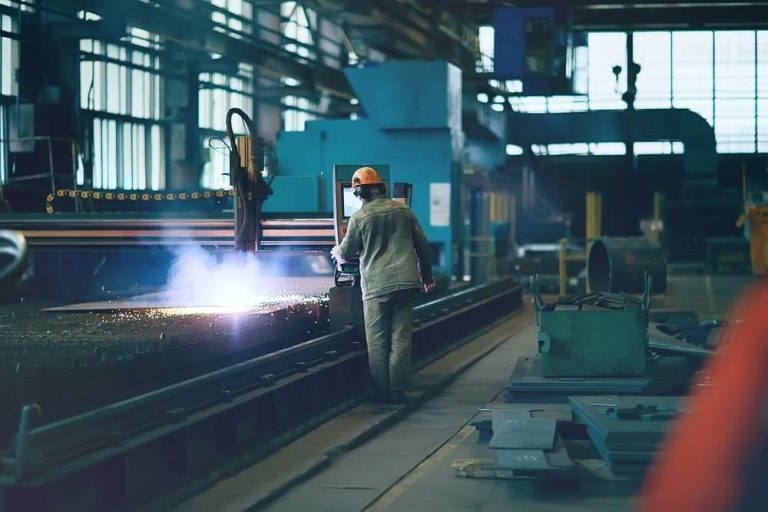quick look:
- With China showing lukewarm buying interest, aluminum and other industrial metals are seeing a decline.
- The LMEX metals index reached an eight-month high in March, indicating strong investor optimism.
- Despite positive industrial earnings data from China, aluminum prices fell amid broader market uncertainty.
The industrial metals market, which reflects broader economic trends, has recently seen aluminum and its counterparts caught in a whirlwind of price adjustments and demand fluctuations. This narrative unfolds primarily in the context of China, the world's leading consumer of these materials, where a sudden lack of purchasing interest has led to a marked correction in prices.
The assembly and its barriers
March saw the LMEX Metals Index, which tracks the six major base metals, rise to an eight-month peak. Copper's dramatic break above $9,000 per tonne, the first in almost a year, has highlighted this rally significantly. Investors are closely monitoring supply risk factors and the expected recovery in global manufacturing activities, which has driven the rise. However, the expected recovery in demand, especially from China, has not yet materialized as expected.
A glimmer of optimism amidst disappointment
Not all the news from China was depressing. However, the country's latest industrial earnings data paint a somewhat brighter picture, continuing a growth trend that began in August. However, the realization that much of this growth stems from a low fundamental effect, compared to 2023's weaker performance, tarnishes this silver lining somewhat.
Price Actions: Snapshot
Price dynamics on the London Metal Exchange (LME) reveal the pressures facing aluminum. By late morning, aluminum prices fell 1.0%, to $2,280.50 per ton. Zinc, which is leading the downward trend, fell 1.1%. Conversely, there was a slight rise in optimism in the futures market. The futures market in New Delhi saw aluminum prices rise by 0.02% to Rs 207 per kg, attributed to new positions amid a buoyant trend in the spot market.
In conclusion, with aluminum at its core, the industrial metals sector finds itself at a crossroads. Cautious optimism and palpable apprehension define this situation. The coming months will be crucial as market participants navigate these turbulent waters. They will play a major role in shaping the trajectory of these commodities. These goods are deeply intertwined with the global economic fabric.

